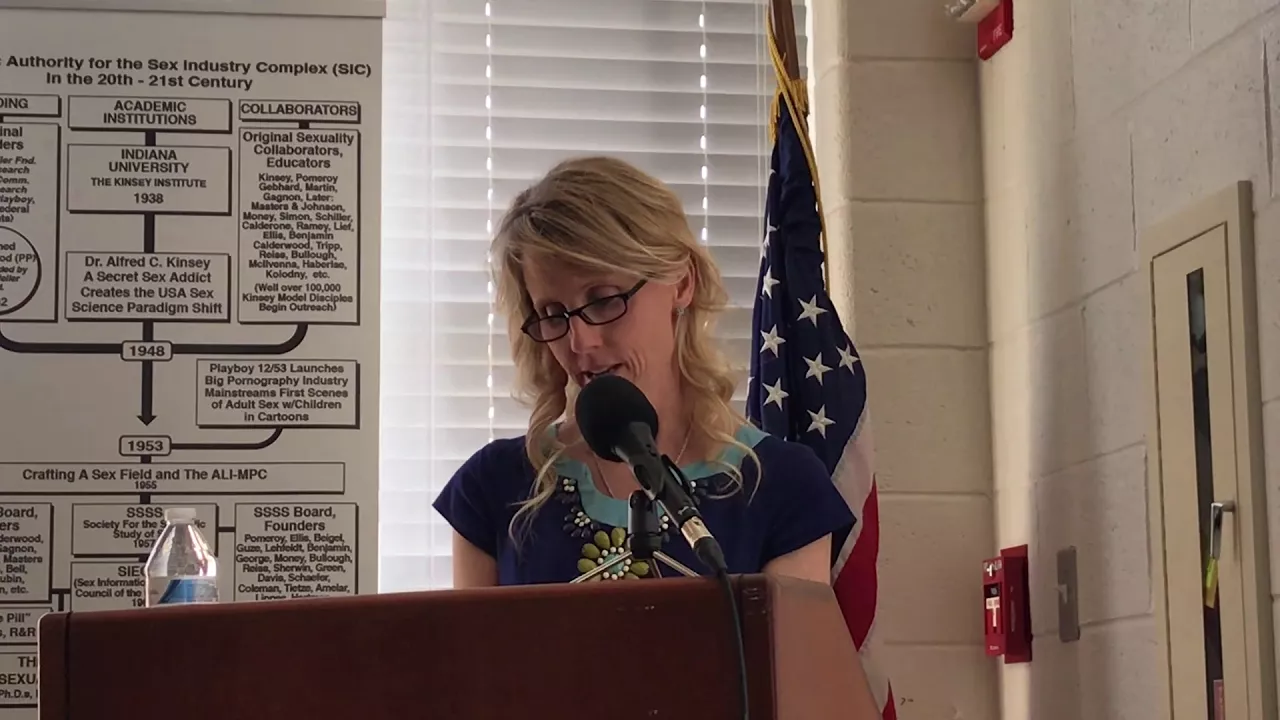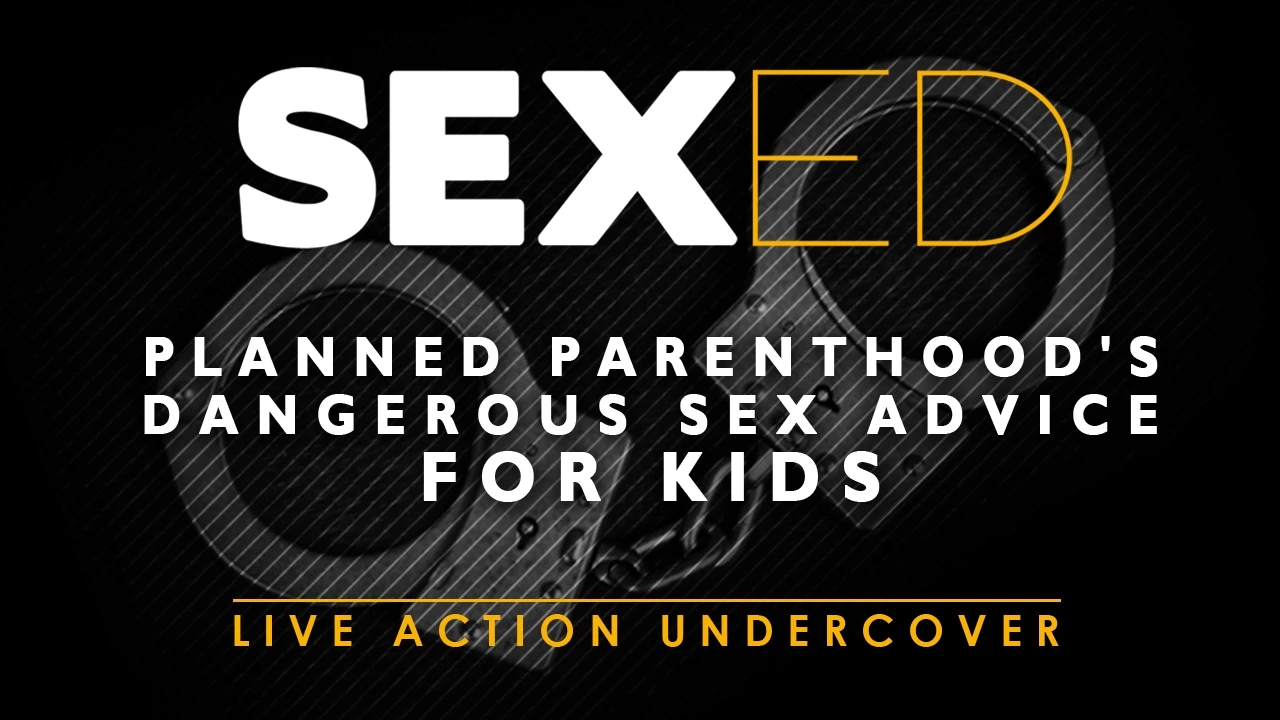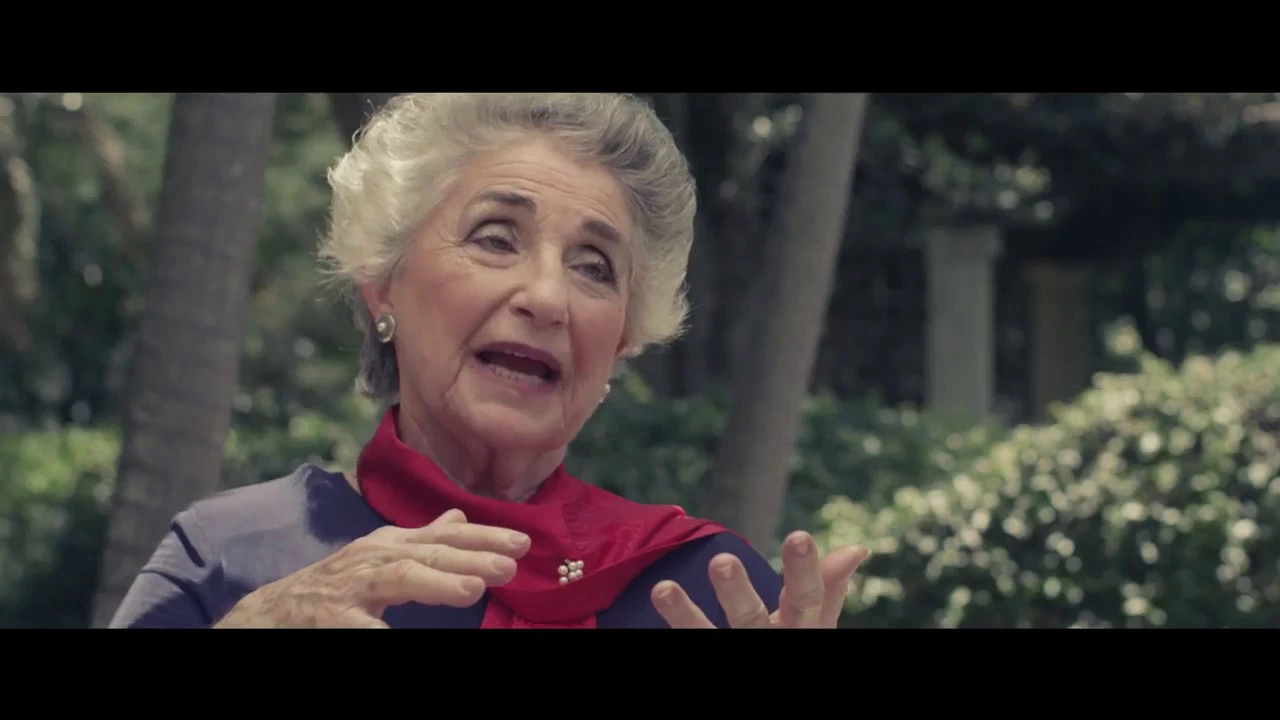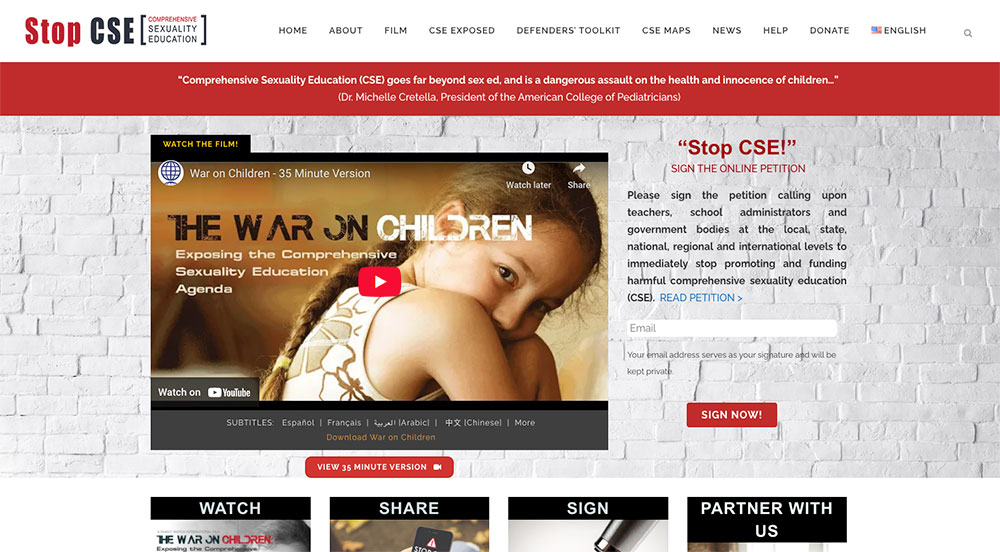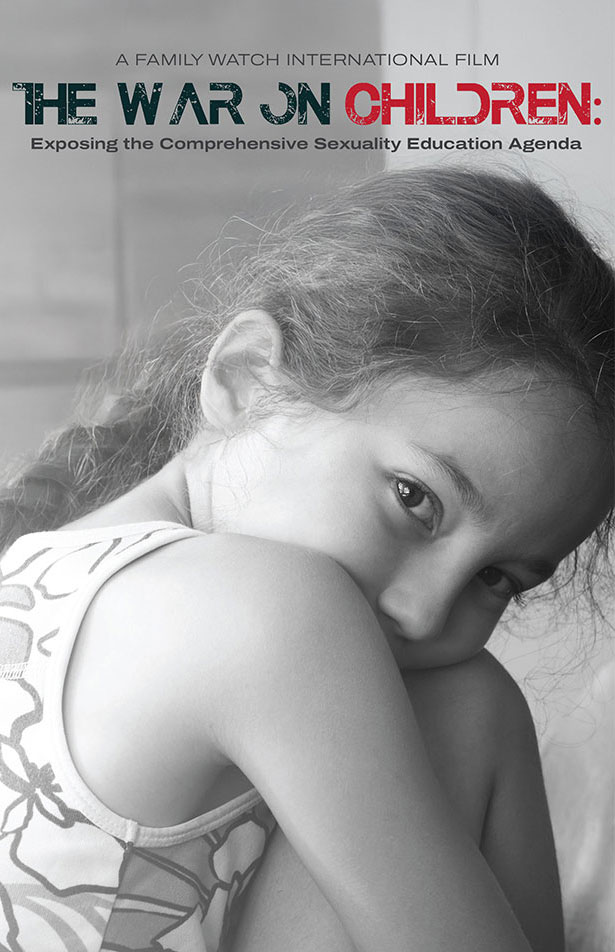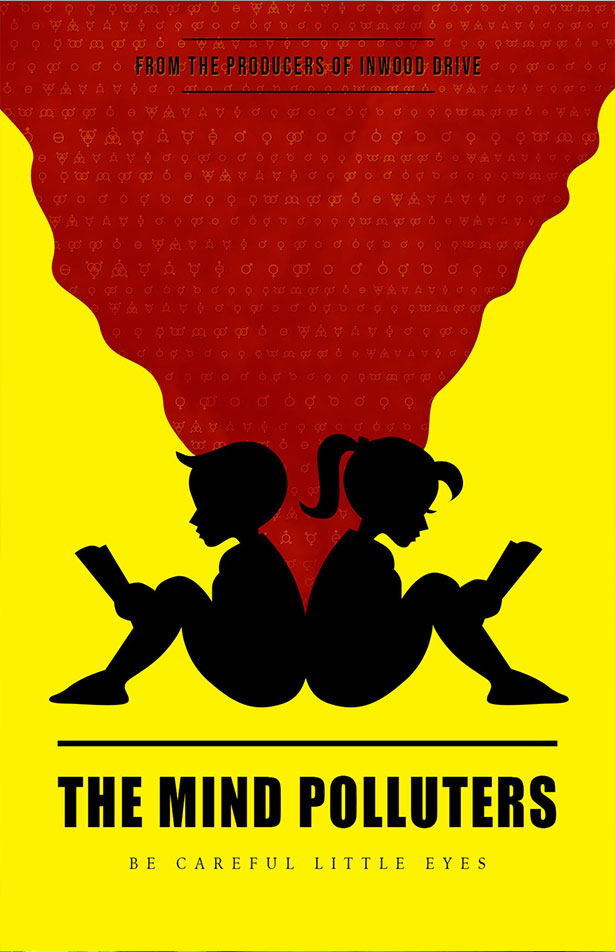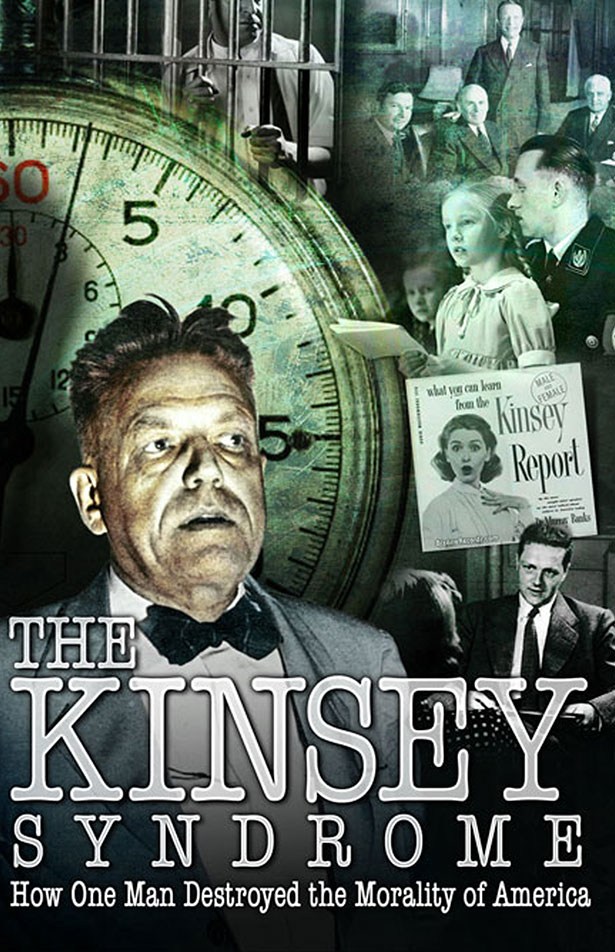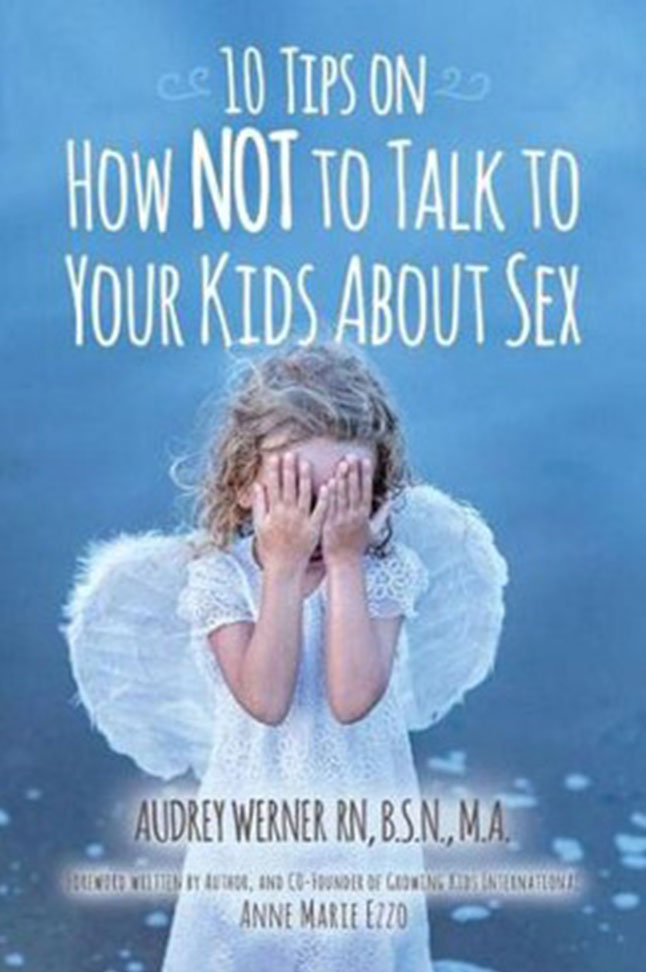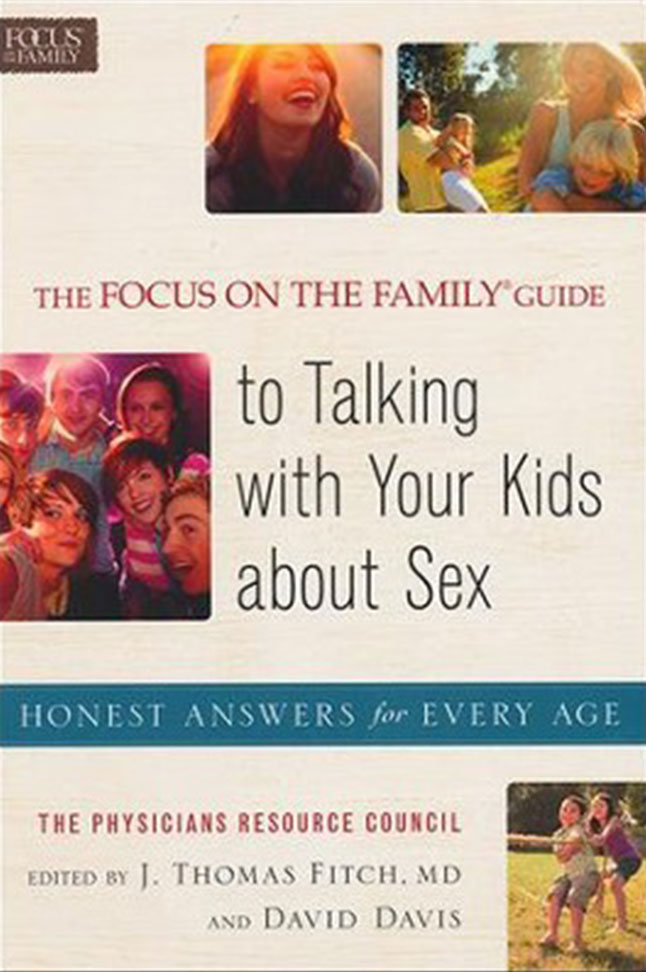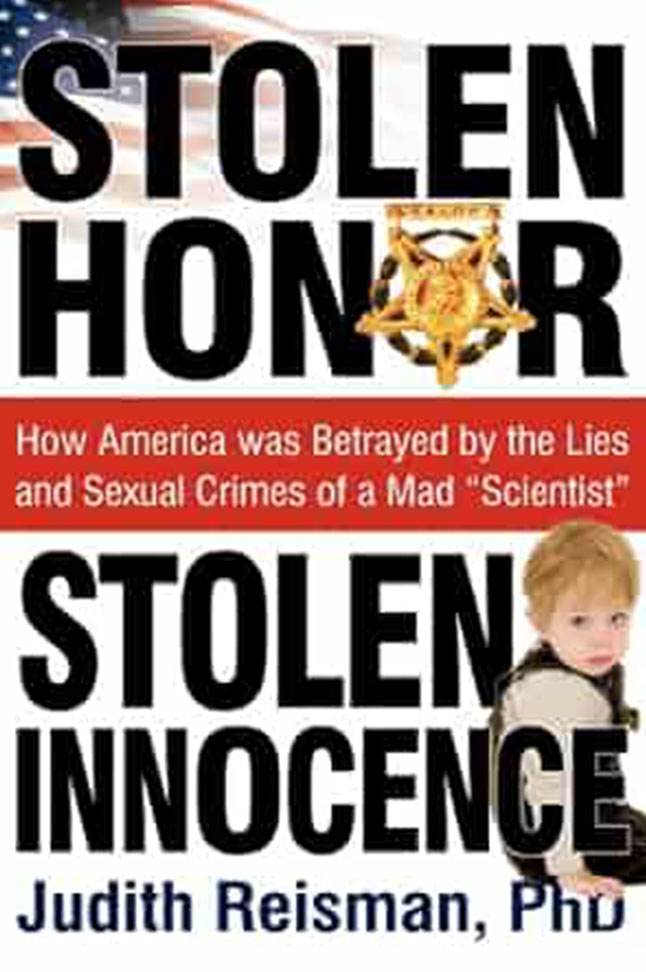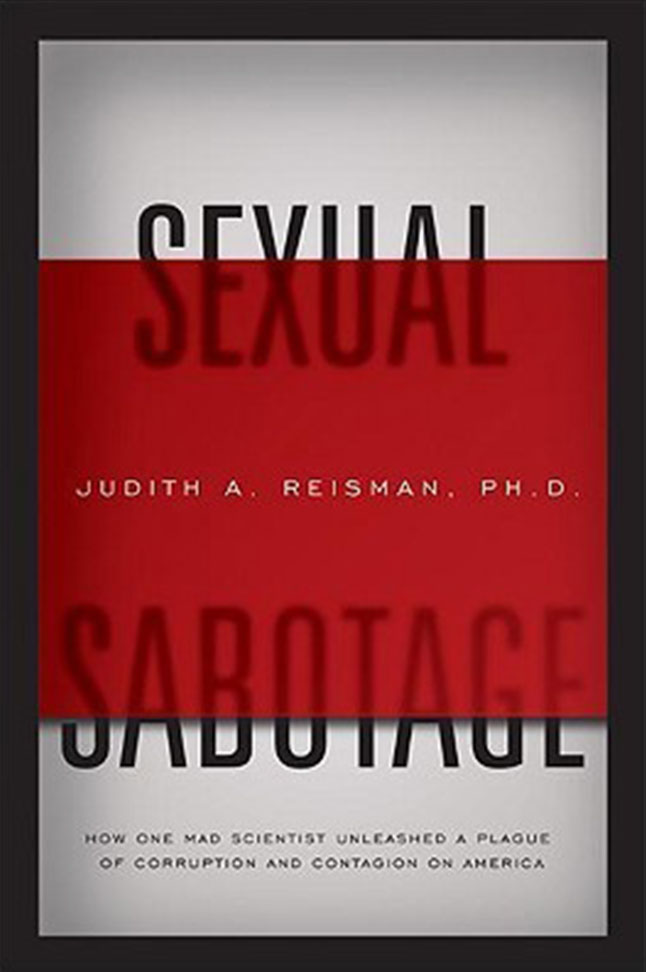CSE Toolkit
Gender Ideology Smart Book
Coming Soon...
Gender Ideology Presentation Slides
Coming Soon...
Videos
Playlist
15 Videos
TAKE ACTION
Alfred Kinsey: The Truth about the Father of the Sexual Revolution
- Secret History: Kinsey's Paedophiles
- Sex Offenses: A Collection of Resources from the Kinsey Institute Research in Sex, Gender, and Reproduction
- The German Experiment That Placed Foster Children with Pedophiles
- The Children of Table 34 | Family Research Council
- Kinsey's Kids
- Kinsey, Sex, and Lies
- Kinsey: the man who perverted sex ed | Freedom Toons
- How Alfred Kinsey reached his goal, and took us all down with him.
- The Kinsey Cover-Up | The Reisman Institute
- Esther White: An Alfred Kinsey Child Victim
- Kinsey: Crimes & Consequences
- Kinsey, sex, and fraud : the indoctrination of a people : an investigation into the human sexuality research of Alfred C. Kinsey, Wardell B. Pomeroy, Clyde E. Martin, and Paul H. Gebhard
- Dr. Judith Reisman Amicus Brief
- Dr. Judith Reisman Affadavit to Jamaica Supreme Court
- The Ungodly Roots of American Sex Education
Documentaries

Most of us parents and grandparents remember back to when we took “sex ed” in high school and are inclined to not think it that big of a deal. After all, isn’t it a good thing to identify how babies are made and steps you can take if you’re not ready to make one just yet? Like nearly every subject taught to today’s generation, the curriculum is a far cry from the one we grew up with. It’s no longer “Sex Dd,” but now “Comprehensive Sexuality Education” and there’s a LOT that gets wrapped into that title.
So, how much do you now know about CSE? We invite you to take the end-of-course “True-False Quiz for Parents” and test your knowledge!
Guidebooks, Reports, and Curricula
- UNFPA: The International Technical Guidance on Sexuality Education
- The Journey Towards Comprehensive Sexuality Education
- Parent and Child (Exposing Family Life Education Curricula)
- SexEd Conference Series | Amaze.org
- A K-12 Sexuality Education Curriculum | Advocates for Youth
- Sex-Ed to Go: Teaching Gender Identity & Sexual Orientation
- Guidelines for Comprehensive Sexuality Education | SIECUS
- National Sex Education Standards
Whitepapers
- Why Comprehensive Sexuality Education is Not the Answer
- You're Teaching My Child What? The Truth About Sex Education
- Seven Reasons to Reject “Comprehensive Sexuality Education”
- The Kinsey Institute Exposed: A Warning to Parents & Governments Throughout the World
- Sex Education in School - Are Gender and Sexual Minority Youth Included? A Decade in Review
- Comprehensive Sex Education vs. Authentic Abstinence: A Study of Competing Curricula
- What Do Parents Want Taught in Sex Education Programs?
- Government Spends $12 on Safe Sex and Contraceptives for Every $1 Spent on Abstinence
- Marriage, Reason, and Religious Liberty: Much Ado About Sex, Nothing to Do with Race
- Teen Sex: The Parent Factor
- "Why Sex Education in Schools Should be Rejected "
Recommended Reading
The Focus on the Family ® Guide to Talking with Your Kids About Sex
by J. Thomas Fitch, David Davis
Related Articles
- Groundbreaking new documentary exposes ‘lie’ of comprehensive sex-ed programs
- Pre-K teacher attacks idea of 'childhood innocence,' claims toddlers not too young for 'sexuality' discussion
- What's The Big Deal About Losing It?' - Planned Parenthood Releases Video About Virginity for Kids
- Planned Parenthood Says 'Virginity Is a Social Construct' That's 'Patriarchal' and 'Outdated'
- Planned Parenthood sex educator teaches how minors can acquire 'spicy toys' or substitute with vegetables
- The Global Social and Emotional Security State: The Transformation of Education to Embed Sexual Rights and a Progressive Universal Ethic
- A look at Planned Parenthood’s nefarious infiltration of American schools
- Thank Hugh Hefner’s funding for today’s warped sex education lessons
- Planned Parenthood executive director claims children are born 'sexual' - and advocates porn literacy lessons for older students and sex education from KINDERGARTEN
- Princeton high school science teacher accused of showing 'oral sex video' to minors
- Planned Parenthood director claims kids ‘sexual beings’ from birth, promotes porn literacy
- Sick Irony: VA Girls Camp 'Partners' With Planned Parenthood To Teach Girls About Genitals & Porn
- Remembering Judith Reisman: Anti-pornography crusader and a woman of uncommon courage
- Fraud and pervert Alfred C. Kinsey returns
- Indiana University Hosts ‘Sex Fest’ Event Featuring BDSM Demonstration
- The Children of Table 34 Speak Out
- Parents Rein In ‘Rogue’ Sex Education in Michigan Schools
- Planned Parenthood finally admits that its founder was a horrific bigot
- Even With Removing Margaret Sanger’s Name, Planned Parenthood Is Still Influenced by Racist Founder
- Executive Summary: What Do Parents Want Taught in Sex Education Programs?
- Executive Summary: Government Spends $12 on Safe Sex and Contraceptives for Every $1 Spent on Abstinence
- Sex Education -- By the Book
- Debunking the Siren Song of "Safe Sex"
- "Real Solutions" and Teen Sex
- The War Against Abstinence
Recommended Podcasts
Global Connections
- Evidence of Systemic and Unlawful Promotion of Comprehensive Sexuality Education by UN Secretariat, Agencies, and Other UN Entities
- The Development Deep State: Sexual Progressivism in USAID
- Concerns About the United States Global Strategy to Empower Adolescent Girls
- Even Water Can Advance a Leftwing Agenda
Parent Resources
The View from the Other Side
Videos
- Comprehensive Sexuality Education - Why is it important?
- What young women believe about their own sexual pleasure
- Condoms: How To Use Them Effectively
- Learn, Protect, Respect, Empower with Comprehensive Sexuality Education [full version]
- The journey towards comprehensive sexuality education
- Comprehensive Sexuality Education is ‘very, very, very important’ - Marcos | INQToday
- UNESCO: Comprehensive sexuality education: A foundation for life and love - Global
- UNESCO: The journey towards comprehensive sexuality education
- Sex Education in America: the Good, the Bad, the Ugly
- The Sex Talks We Never Had, That Can Save Our Kids | Clint Davis | TEDxWestMonroe
Examples of CSE
Whitepapers, Factsheets, and Reports
- Exposing Hate | SIECUS
- Comprehensive Sexuality Education for Youth (IPAS)
- The Polarizing Reality of Comprehensive Sexual Education
- Comprehensive Sexuality Education - Factsheet Series (UNFPA)
- The Journey Towards Comprehensive Sexuality Education
- International Conference on Population and Development
- Comprehensive Sexuality Education for Malaysian Adolescents: How Far Have We Come?
- Sacred Chaste? Fear-Based Educational Curricula
- Three Decades of Research: The Case for Comprehensive Sex Education
- Evidence-Based Sex Education: The Case for Sustained Federal Support
- History of Sex Education in the U.S. | Planned Parenthood
- ACLU | Campaigns to Undermine Sexuality Education in the Public Schools: The Need For And Benefits Of Comprehensive Sexuality Education
- FALSE PRETENSES: The Anti-Comprehensive Sexuality Education Agenda Weaponizing Human Rights
- Dealing with the Last Taboo (INCEST) | The SIECUS Report
- [SIECUS trying to distance from Kinsey Report connected to child sexual abuse]
- History and Evolution of Public Education in the US | CEP
The Other Side's Recommended Reading
- Harmful To Minors: The Perils Of Protecting Children From Sex
- Book Review: “Harmful to Minors,” by Judith Levine
- Trauma Myth: The Truth About the Sexual Abuse of Children-and Its Aftermath
- Girls & Sex: Navigating the Complicated New Landscape
- Boys & Sex: Young Men on Hookups, Love, Porn, Consent, and Navigating the New Masculinity
- SEX EDUCATION FOR TEENAGERS: ANSWERS TO QUESTIONS YOU DON’T WANT TO ASK YOUR PARENTS ABOUT PUBERTY, DATING, AND STAYING SAFE
- Consent: The New Rules of Sex Education: Every Teen's Guide to Healthy Sexual Relationships
Related Articles
- The History of Sexuality Education
- The Sex Ed. Battleground Heats Up (Again). Here’s What’s Actually in New Standards
- The Backlash Against Sex Ed: The right is inflaming another front in the culture war.
- Testimony Regarding Comprehensive Sexuality Education
- Sex ed was in trouble before Roe v. Wade’s reversal. Now the curriculum matters even more.
- Young People Use Films to Advocate for Comprehensive Sexuality Education
- This Is the Future of Sex Ed (We Hope)
- On Sex Ed, “Our Side” Is Finally Fighting Back
- Kinsey | American Experience




